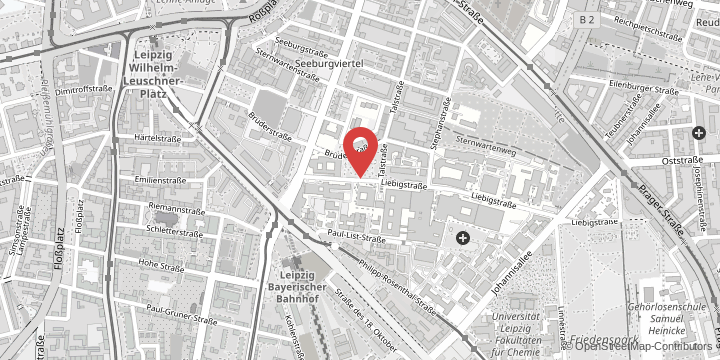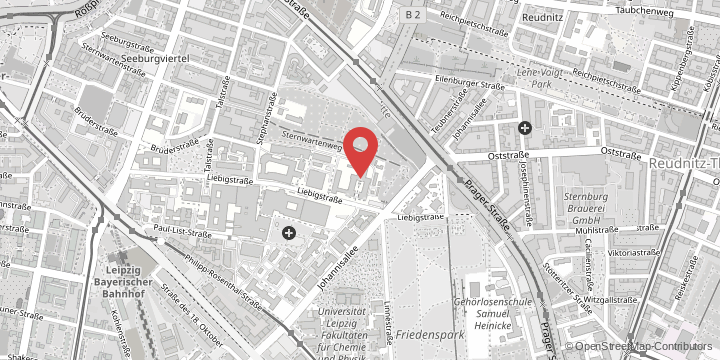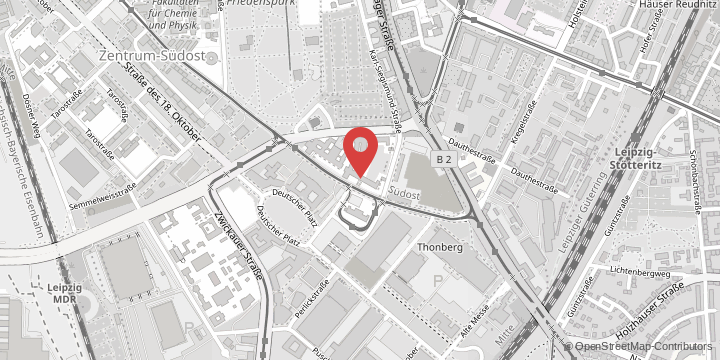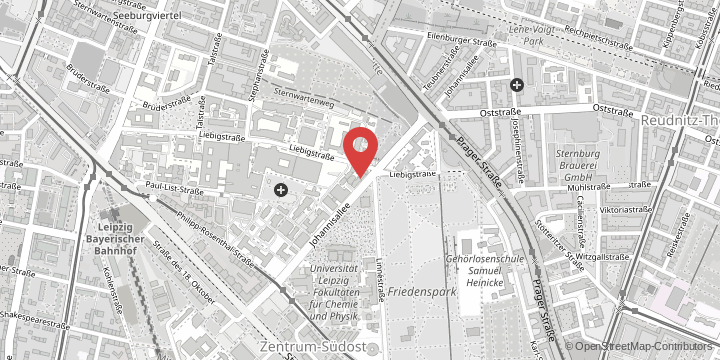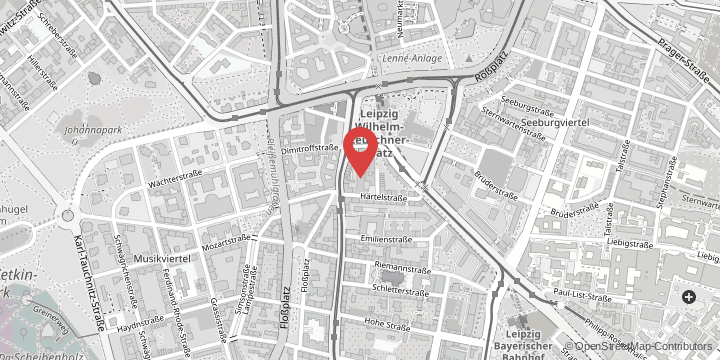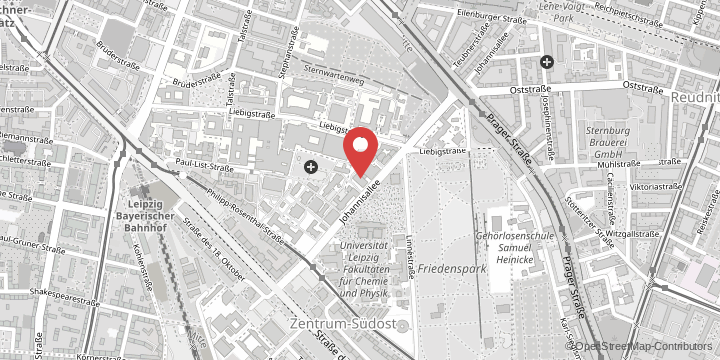The wetland settlement in the Upper Bavarian village of Pestenacker is part of the UNESCO World Heritage Site “Prehistoric Pile Dwellings Around the Alps”. The exceptional preservation conditions caused by the high groundwater level meant that the remains of the former settlement have been preserved in the subsurface to this day. While much was already known about the structure of individual Stone Age houses, researchers have previously been unable to explain why Neolithic people occupied this wetland site.
Impressive insight into structures and composition of sediments
On site, the scientists carried out the geophysical investigations using minimally invasive prospection techniques in order to preserve the buried wooden structures, which are around 5500 years old. One of these techniques was so-called direct push sensing: this process involves pressing a thin probe into the ground while recording depth-accurate colour values of the subsurface. “The results of this technology provide an impressive insight into the structures and composition of the sediments, while allowing researchers to preserve fragile archaeological wooden structures. This is why this method will play a significant role in wetland (geo)archaeology in the future,” said Anne Köhler, a doctoral researcher at the Institute for Geography.
Composition of sediments has changed fundamentally
The results of the direct push sensing, in combination with geoarchaeological drilling, provided an accurate insight into the subsurface of the formerly boggy valley with its buried remains of the Stone Age settlement. By dating the individual layers and geochemical analyses, the team demonstrated that the valley was characterised by extensive wetlands prior to being settled. After that, the composition of the sediments changed fundamentally, and peat formation came to a halt. It is in this transitional area that the remains of the Pestenacker Neolithic wetland settlement lie.
A stream lowered groundwater levels: New findings do not support previous thesis
Digital processing of the geoarchaeological records of the previous excavations showed a fundamental change in the groundwater situation in the valley area about 5500 years ago. As precipitation increased and evaporation decreased, a small stream developed in the former marshy valley near Pestenacker. This incised the soft peat sediments, lowering the groundwater table and thus draining the surrounding areas in the valley. “This new finding contradicts the previous theory that there was a lake in the immediate vicinity of the former settlement,” said Professor Christoph Zielhofer. The Stone Age settlers probably took advantage of this fact and built their houses on the now drained areas of the fen.
The study was conducted as part of the DFG-funded project “Direct push applications in wetland (geo)archaeology”.
Original publication in Quaternary Science Reviews:
“A hydrological tipping point and onset of Neolithic wetland occupation in Pestenacker (Lech catchment, S Germany)”, DOI: 0.1016/j.quascirev.2022.107370







